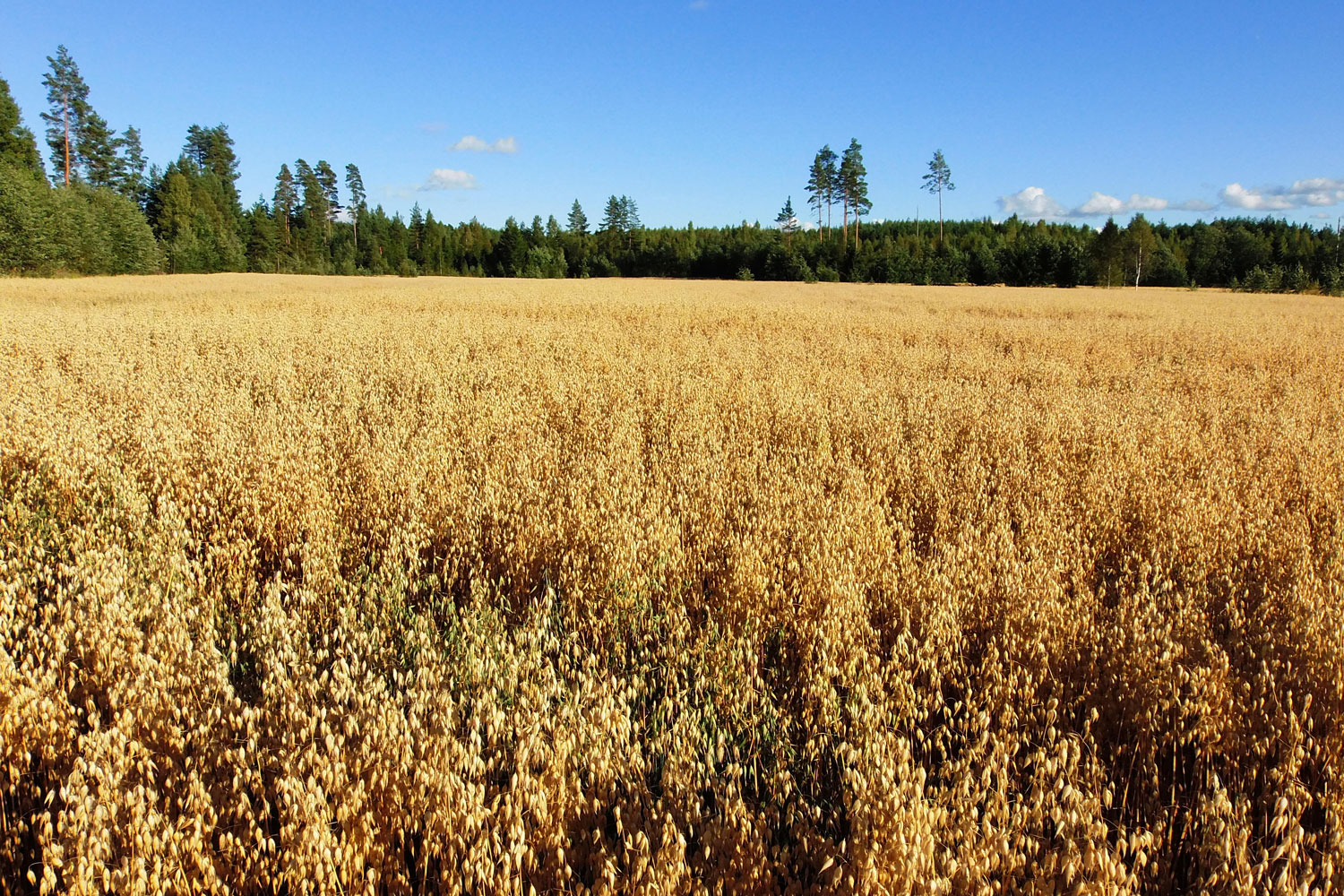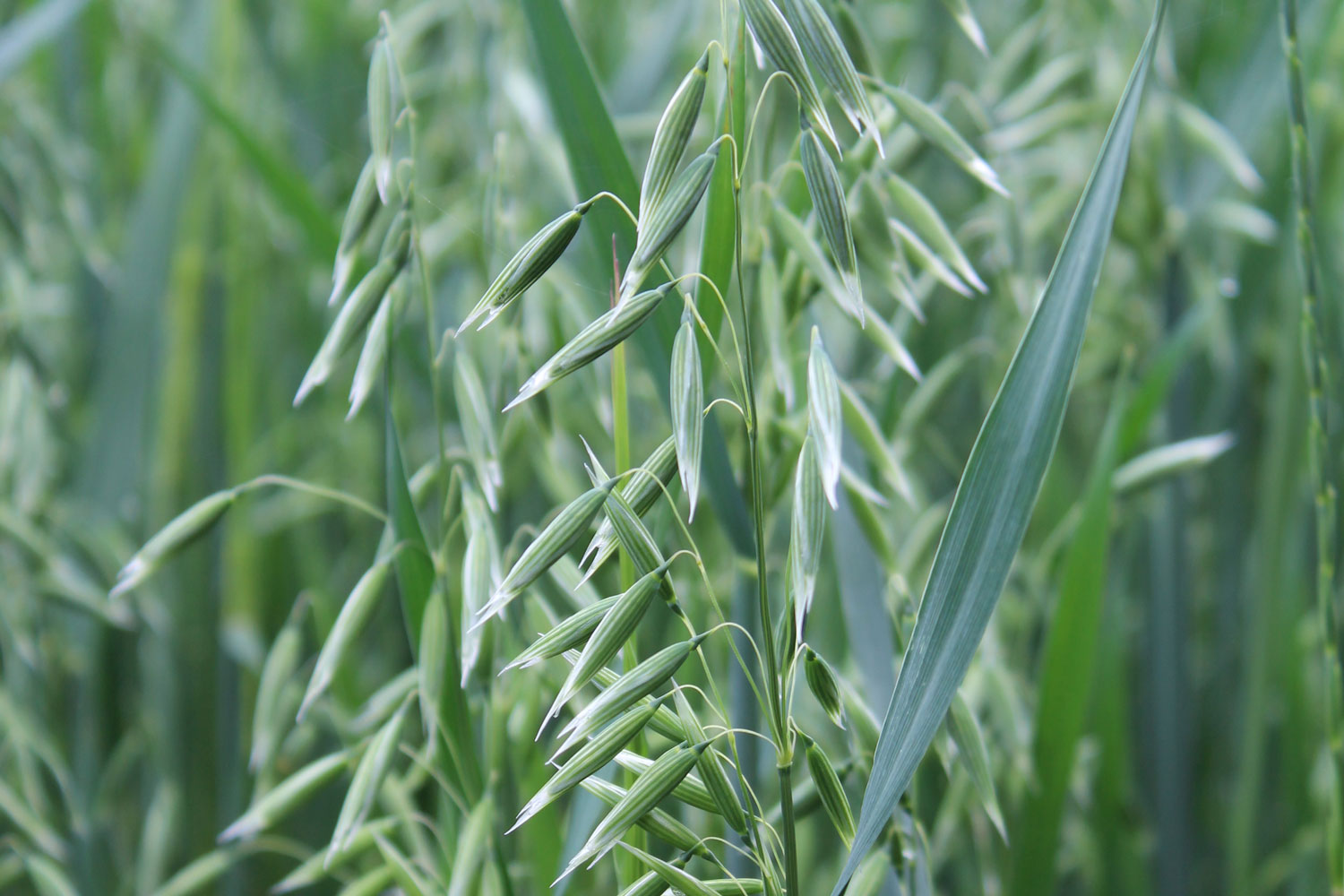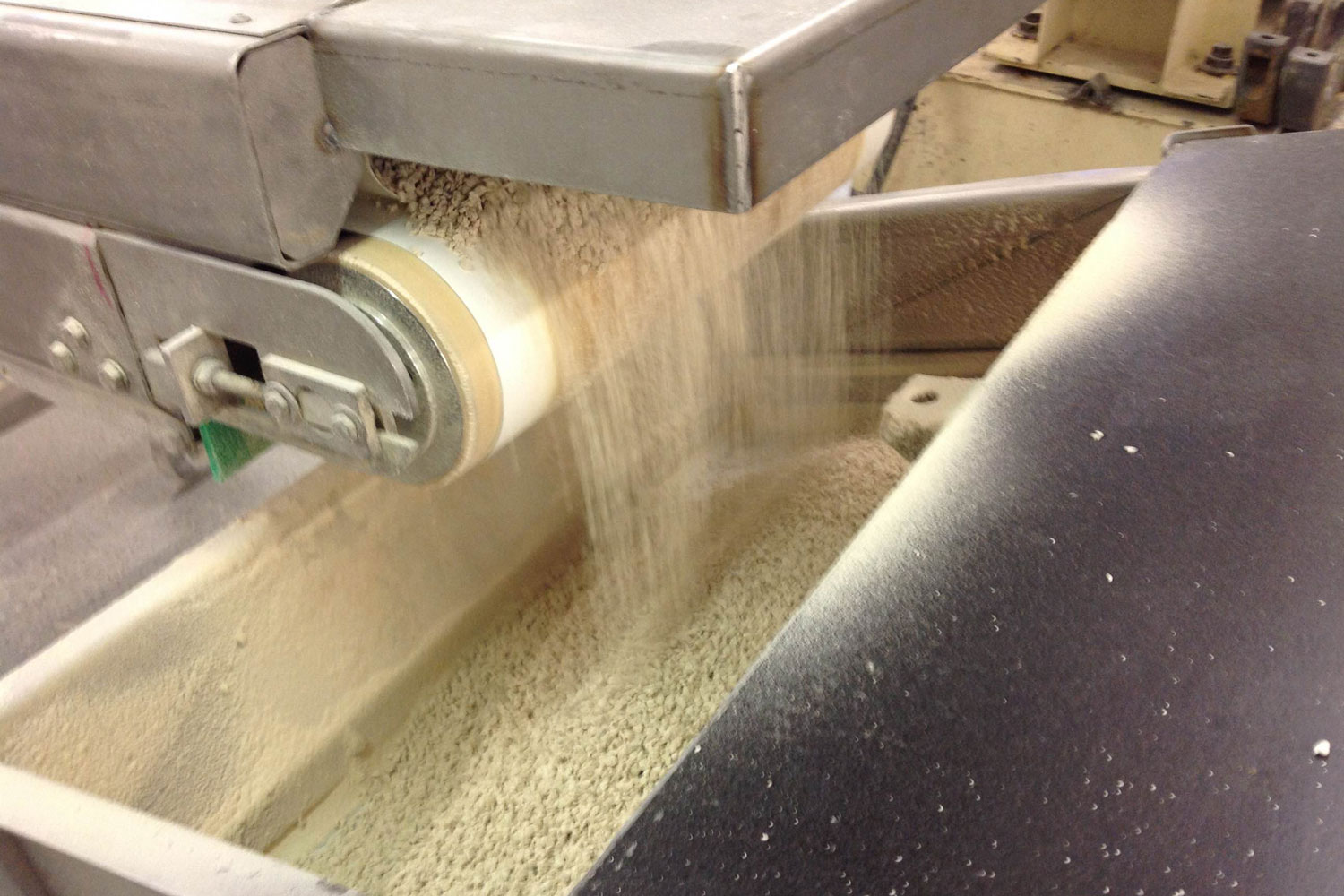This is a translation of my German blogpost Hinter den Beauty-Kulissen… ProTec Ingredia GmbH Proudly Presents: Sieben Fakten über Hafer, die schöner (und klüger) machen. Enjoy!
In cooperation with ProTec Ingredia // If you know me or you’ve been reading my blog for a while you’ll know that I’m a huge fan of oatmeal. For many years I’ve been eating some form of oat flakes for breakfast – first in the form of muesli and now as a classic porridge. And in my opinion, the best porridges come from Northern Europe, from countries like Sweden or Finland. So, what does my love for oats have to do with this beauty serial story?
The answer is simple: Oat is also an amazing ingredient in cosmetics. I’ve scheduled a video call with Cark Maunsell, CEO and founder of raw ingredients manufacturer Oat Cosmetics from the UK to find out more about why this cereal is so good for the skin. Oat Cosmetics‘ slogan “From field to face” already highlights the importance of oat in skin care products. ProTec Ingredia is the company’s distributor for Germany; they sell Oat Cosmetics‘ ingredients to manufacturers across the country. During my video chat mit Cark I noted down seven fascinating facts about oats that were completely new to me. Spoiler alert: The oat plant is quite remarkable!
1. Oat is different from other types of grains
The first eye-opener came right at the beginning of my chat with Oat Cosmetics: Unlike other well-known types of grains such as wheat or rye, the oat plant Avena sativa is actually a meadow-grass. Oat doesn’t form ears (like, for example, wheat does); instead the oat kernels grow along a multitude of panicles (which are also called spikelets) – you can see what these panicles look like in the picture above.
In addition, oat isn’t nearly as high-yield as other cereal grains so in terms of crop cultivation the oat plant is definitely playing second fiddle to wheat, rye or maize. However, this has some distinct advantages: Since oat hasn’t been the focus of much targeted breeding it belongs to the most original (i.e. the most unchanged) grass plants. And because mass production of oats isn’t particularly profitable and therefore not that interesting, genetically modified cultivation or GMO is also not an issue. Instead the various types of oat are cultivated by classic selection so that each oat variant has slightly different properties. Oat is primarily cultivated in North America, Central and Northern Europe, the UK and Russia. And here’s another interesting fact: In regions where summers are particularly cold the active ingredient content of the oat is higher than in warmer countries.
2. Oat is very nutritious…
The oat plant has a well developed root system so it can absorb nutrients from the ground that other types of grains can’t reach. This makes oat an excellent crop for nutrient-poor soils – it can even improve the soil it grows in. Most nutritional specialists agree that oat is the most valuable grain cultivated in Central Europe: Oat kernels have a higher percentage of minerals, proteins and fat than almost any other popular grain or cereal. The fat content of the kernels is especially promising in terms of cosmetic use (more on that in a bit!) but the oat plant’s secondary plant substances, like avenanthramides or the polysaccharide beta-glucan, are also very interesting skin care ingredients.
3. … and highly sustainable
Another fact that surprised me: Oat doesn’t just improve the soil it’s growing in but the plant also requires very little fertiliser or pesticides. The reason for this is the oat plant’s interesting genetic structure which features a kind of native defense mechanism. Oat is resistant against most plant diseases; many grain diseases simply can’t multiply in the oat plant. Another plus: Oat cultivation requires less water than other cereal crops.
4. Cinderella cereal
During our video chat Cark described oat as a “Cinderella crop”: Just like the fairy tale character, oat was underappreciated for a very long time. Other types of grains had already been thoroughly researched when oat was first properly studied. “Even now each scientific study uncovers new facts about the oat plant. Nature is fascinating”, Cark says. And oat has a very long history indeed. The plant has been known since the Bronze Age and even the ancient Egyptians used oat in their cosmetics. However, it wasn’t until the 1990s and early 2000s that the humble oat plant saw a revival in beauty products, and rightly so: In the 19th Century people in England would use oat-filled pillows in a baby‘s bath water to soothe skin eczema. Today we know that oat contains the polyphenol avenanthramide which has an anti-inflammatory and calming effect on the skin.
5. Colloidal oatmeal is ideal for irritated skin
Oat is a multi-purpose grain: Not only can it be turned into oat flakes for culinary purposes but you can also manufacture cosmetic actives such as colloidal oatmeal or oat oil. For these ingredients Oat Cosmetics collaborates with specialists from Finland, Sweden, Northern Germany and the Netherlands. The oat variants that are used in the company’s oatmeal and oat oil are cultivated in Finland and Sweden (see picture above). These two countries have a much higher expertise in oat cultivation than other regions, Cark says. “And if the raw material isn’t up to scratch you can’t manufacture a good cosmetic ingredient”, he adds. It is especially important to select the right kind of oat for each active ingredient: every oat variant has a different combination of beta-glucan, proteins, lipids and avenanthramides.
But let’s go back to Oat Cosmetics‘ colloidal oatmeal. The ingredient is called Oat COM and it’s an especially finely ground oatmeal. There are no nano-sized particles, by the way – after all, the oatmeal is supposed to remain on the surface of the skin so it can benefit from its effects. Studies have shown that Oat COM contains high levels of avenanthramides, avenacins, flavonoids, beta-glucan and peptides so it has a soothing and protective effect on the skin, calming irritations, itchiness and redness. At the same time Oat COM helps the skin retain moisture, making it ideal for sensitive and irritated skin conditions.
6. Manufacturing oat oil is more complicated than I thought
Another surprise for me: I had assumed that oat oil would be easy to produce – simply hull the kernels, press them and that’s it! However, I couldn’t have been more wrong. Lipids and starch are very closely connected inside the oat kernel and if you want the oil without any starch residue, you first need to separate these two components. For Oat Cosmetics‘ Oat Lipid e oil, the Swedish oat is hulled and then cleaned and dried so the enzyme activities of the kernels are stopped. Then the oat is pressed into flakes which are put into an ethanol bath so the starch is separated from the lipids. This mixture is then steamed with water to remove the alcohol and finally filtered to remove the last traces of starch or other substances. And voilà: that’s how you get the rich yellow-coloured Oat Lipid e oil. It has a beautifully light and supple texture and a delicate, comforting scent of oat flakes.
7. Oat oil strengthens dry and irritated skin
Manufacturing oat oil is so elaborate and time-consuming that the resulting ingredient is already a precious material. However, its secondary plant substances are equally valuable: The Ecocert-certified Oat Lipid e oil from Oat Cosmetics contains a balanced combination of oleic acid, linoleic acid and palmitic acid (with a high percentage of omega-3 and omega-6 fatty acids). The high level of phospholipids is especially remarkable. These lipids protect the skin’s natural barrier function (which is often diminished or disrupted in dry and irritated skin types), helping it to bind water inside the skin. Oat oil also contains an exceptionally high concentration of skin-identical ceramides which strengthen the skin’s barrier function, increase the level of hydration and protect the skin. This makes oat oil particularly suitable for irritated, dry and mature skin. In addition, oat oil is rich in anti-oxidant tocopherols and tocotrienols (vitamin E).
Photo credits: Oat Cosmetics (first and last picture), picture in the middle: private
Of course colloidal oatmeal and oat oil are not the only cosmetic ingredients that can be manufactured from oat – I‘ll write more about this fascinating plant at a later date. But first we’re exploring a different angle of beauty manufacturing: who is actually using these active ingredients?




